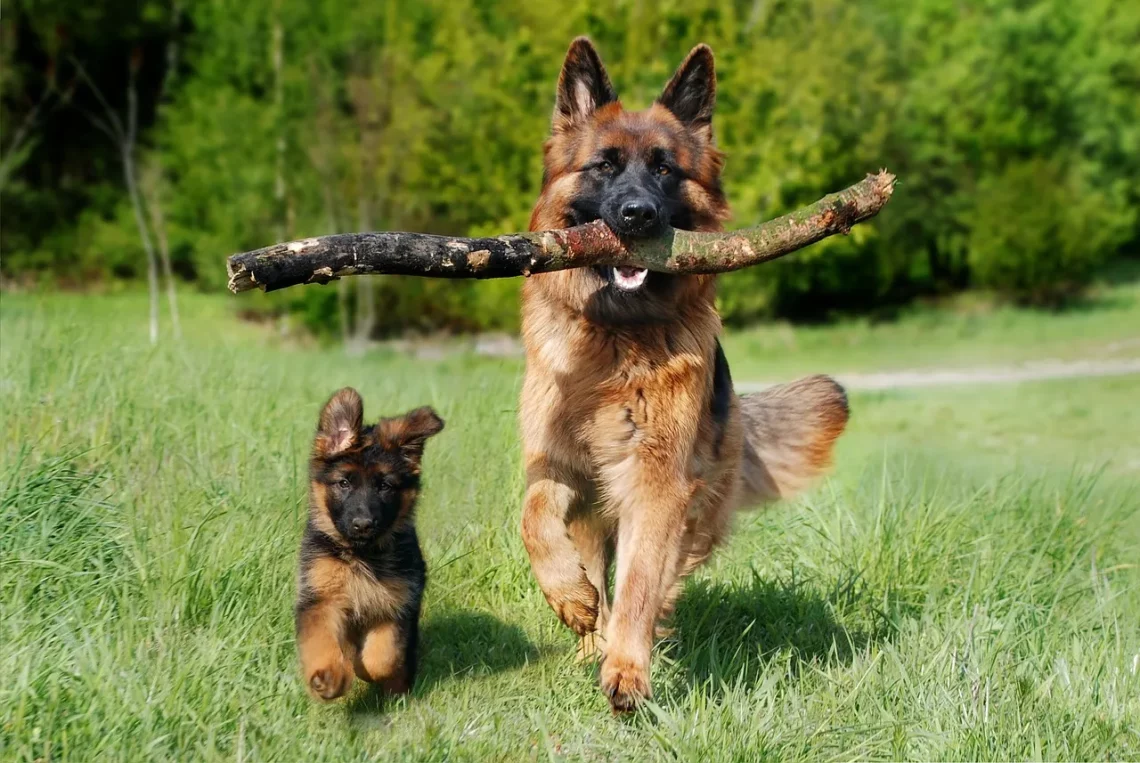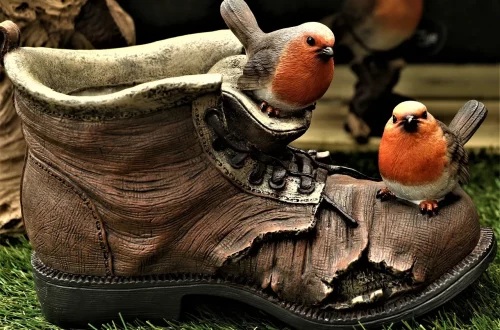
Why Is My Dog Panting at Night? Understanding the Causes
Panting is a common behavior observed in dogs, a phenomenon that can raise concern for many pet owners, especially when it occurs during the night. While panting is typically associated with physical exertion or warmth, the reasons behind a dog’s nocturnal panting can be multifaceted and sometimes perplexing. Understanding the underlying causes is crucial for pet owners, as it can help determine whether the behavior is benign or indicative of a more serious issue.
Dogs, much like humans, experience fluctuations in their body temperature, and panting serves as a mechanism for regulating this temperature. However, nocturnal panting can stem from various factors, including anxiety, medical conditions, or environmental influences. It is essential for dog owners to be observant and attentive to their pets’ behavior, as changes in panting patterns can signal discomfort or distress.
Moreover, a dog’s breed, age, and overall health can also play significant roles in their panting behavior. Some breeds are more prone to respiratory issues, while older dogs may experience panting due to age-related ailments. The nighttime environment, including temperature, humidity, and noise levels, can also contribute to a dog’s comfort levels and panting frequency. By understanding these different aspects, dog owners can better support their furry companions and address any concerns that arise from unexpected panting episodes.
Common Causes of Nighttime Panting in Dogs
When it comes to understanding why a dog might be panting at night, identifying the common causes is the first step. One prevalent reason is anxiety or stress. Dogs, much like humans, can experience anxiety due to various factors, including separation from their owners, loud noises, or changes in their environment. Nighttime can be particularly challenging for dogs that have a heightened sense of awareness or those who are not used to being alone. As the world quiets down and darkness envelops the surroundings, any unfamiliar sounds or feelings can trigger their anxiety, leading to excessive panting.
Another common cause is discomfort due to heat. Dogs regulate their body temperature primarily through panting, and if the nighttime environment is uncomfortably warm or humid, a dog may pant to cool down. It is essential for pet owners to ensure their dogs have access to a cool, comfortable space during the night. Additionally, certain breeds are more susceptible to heat-related issues, so pet owners should be especially mindful of their needs in warmer climates.
Medical conditions can also play a significant role in nighttime panting. Health issues such as heart disease, respiratory problems, or pain can cause a dog to pant excessively. Conditions like Cushing’s disease or arthritis may lead to discomfort that manifests as panting during the night. If a dog’s panting is accompanied by other symptoms such as lethargy, coughing, or changes in appetite, it is vital to consult a veterinarian for a thorough evaluation.
Lastly, age can influence a dog’s panting behavior. Older dogs may experience health issues related to aging, including cognitive decline or chronic pain, which can lead to restlessness and panting at night. Pet owners should be attentive to any changes in their senior dogs’ behavior and seek veterinary advice if panting becomes a frequent occurrence.
Environmental Factors Influencing Panting
Environmental elements can significantly impact a dog’s comfort levels and contribute to nighttime panting. Temperature fluctuations are one of the most immediate factors. A hot, sticky environment can lead to a dog’s panting as they attempt to cool themselves. Conversely, extremely cold temperatures might also trigger panting as a response to the stress of being too cold, leading to shivering and increased respiration.
Noise is another environmental factor that can cause discomfort and stress, leading to panting. Many dogs are sensitive to sounds like thunderstorms, fireworks, or even the hum of household appliances at night. Such noises can create a sense of unease, prompting the dog to pant as a response to their anxiety. Pet owners can help by providing a safe space, such as a cozy bed in a quiet area, where their dog can retreat during noisy events.
Additionally, changes in routine or environment can lead to nocturnal panting. If a dog is moved to a new home or experiences changes in family dynamics, such as a new pet or a family member leaving, they may exhibit signs of stress, including panting. Familiarity is essential for dogs, and disruptions to their routine can lead to anxiety that manifests in various ways, including increased panting at night.
Moreover, the presence of other pets can influence a dog’s behavior. If a dog senses tension among household pets or feels threatened, they may display panting as a sign of distress. Observing the dynamics between pets and providing a harmonious environment can help alleviate such stressors.
Overall, pet owners should strive to create a calm and comfortable environment for their dogs. This includes monitoring the temperature, minimizing noise, and ensuring that their pets feel secure and relaxed during the night.
When to Seek Veterinary Advice
While panting can be a normal behavior in dogs, it is essential for pet owners to know when to seek veterinary advice. If a dog’s panting is excessive, persistent, or accompanied by other concerning symptoms, a visit to the veterinarian is warranted. Signs to watch for include lethargy, coughing, difficulty breathing, or changes in eating and drinking habits. These symptoms may indicate an underlying medical condition that requires immediate attention.
Additionally, if the panting is sudden and out of character for the dog, it could be a sign of distress or illness. For instance, if a previously calm dog begins panting heavily at night without any obvious environmental triggers, it is critical to consult a veterinarian. Conditions such as heart disease, lung disease, or even pain from an injury can manifest as panting and should not be ignored.
Pet owners should also consider the dog’s breed when evaluating panting behavior. Some breeds are more prone to certain health issues, such as brachycephalic breeds, which may experience respiratory problems that manifest as panting. Understanding breed-specific health risks can help owners be more vigilant and proactive in monitoring their dog’s health.
In summary, while panting is a common behavior in dogs, it can sometimes signal underlying issues that need addressing. Pet owners should stay informed and observant, knowing when to seek veterinary advice to ensure their furry companions remain healthy and happy.
—
**Disclaimer:** This article is for informational purposes only and should not be considered medical advice. If you have concerns about your dog’s health or behavior, please consult a qualified veterinarian.




